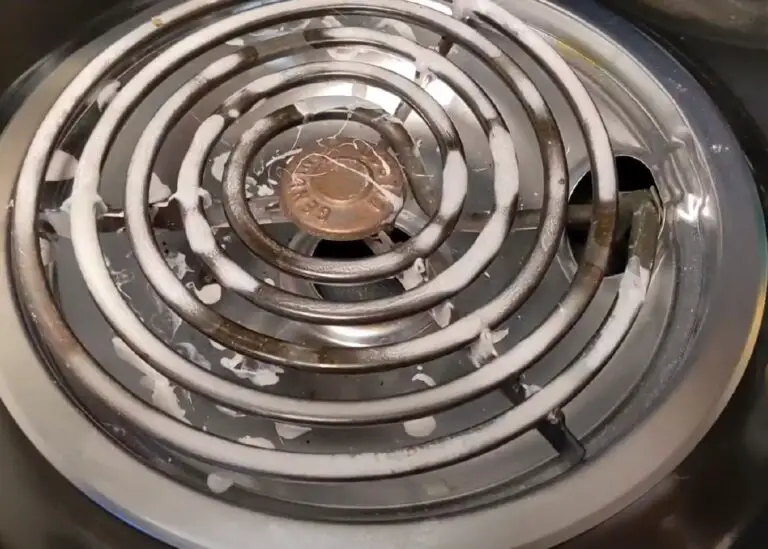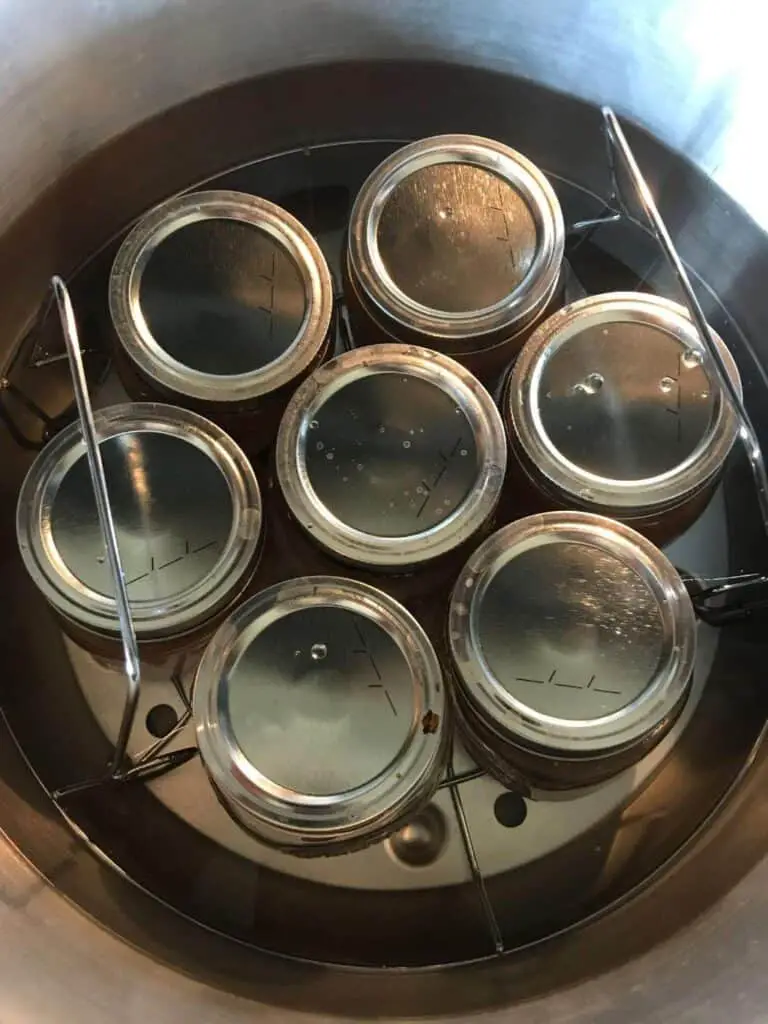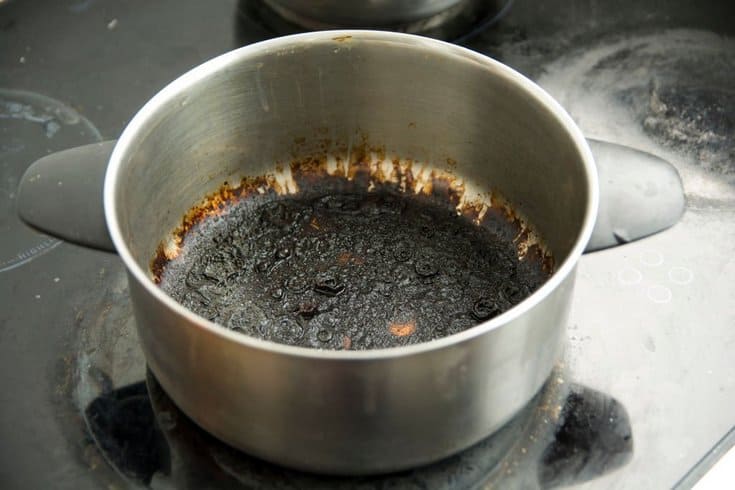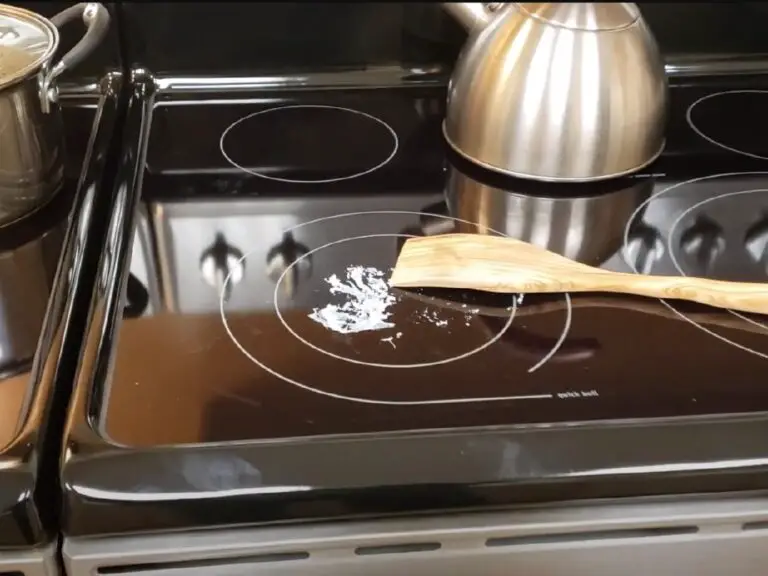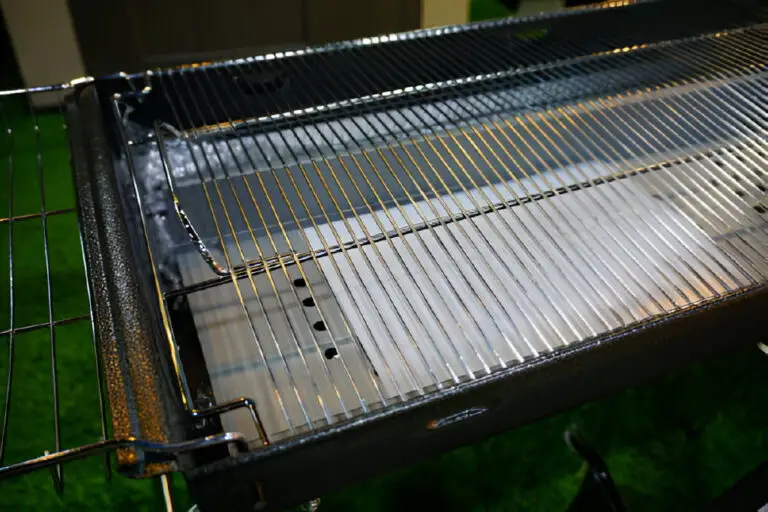Why Did People Stop Using Aluminum for Pots and Pans?
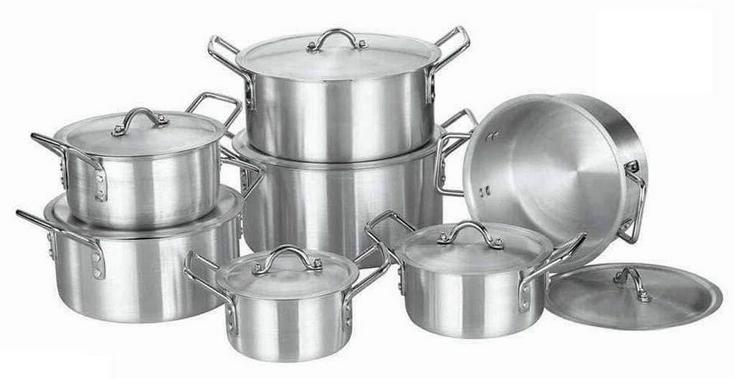
Cookware has been a staple in our kitchens for centuries, and over time, different materials have been used to make them. From clay to cast iron, copper, stainless steel, and aluminum, the possibilities are endless. However, aluminum, in particular, has been a popular choice for many years due to its low cost and exceptional heat conductivity. Despite this, aluminum has lost its luster in recent times and is no longer the go-to material for cookware manufacturing.
The question on everyone’s lips is: why is aluminum no longer the top choice for manufacturing cooking pots? This article aims to explore the history of aluminum cookware, the associated problems, and the reasons why it has fallen out of favor in recent years.
Whether you’re a cooking enthusiast or just curious about cookware evolution, stick around to learn why aluminum cookware has become a thing of the past and what alternatives have taken its place.
What Is Aluminum?
Aluminum is a metallic element that is abundant in the Earth’s crust, coming in third after oxygen and silicon, accounting for about 8% of the crust’s weight. It has a silvery-white appearance and is lightweight, non-toxic, and non-magnetic. The metal has a low melting point and can easily be molded into different shapes and forms.
One of the primary reasons aluminum became the go-to material for cookware manufacturing is its many advantages, including its low cost. Compared to other metals like copper and stainless steel, aluminum is less expensive, making it a cost-effective option for manufacturers. Additionally, it is a durable and long-lasting material that can withstand wear and tear, making it suitable for use in various industries.
Apart from its cost-effectiveness and durability, aluminum is an eco-friendly option. Aluminum is one of the most recyclable materials globally, and it can be recycled indefinitely without losing its properties or quality. Recycling aluminum saves energy, reduces landfill waste, and conserves natural resources, making it an ideal choice for environmentally-conscious individuals.
Moreover, aluminum is an excellent heat conductor. It can distribute heat evenly throughout the cookware, making it an ideal material for cooking pots and pans. This means that food can cook evenly without any hot spots or uneven cooking. Additionally, aluminum cookware is lightweight, making it easy to handle and maneuver in the kitchen.
Despite its many advantages, aluminum cookware has some associated problems, leading to its decline in popularity. One of the main concerns is the potential health risk posed by aluminum. It is a reactive metal that can interact with acidic and alkaline foods, leading to food contamination. Additionally, it can leach into the food, leading to aluminum toxicity, which can cause health issues such as bone disorders, anemia, and Alzheimer’s disease.
Aluminum Cooking Pots and Their Advantages
Cooking pots are an essential tool in any kitchen, and aluminum has been a go-to material for decades. However, recent years have seen a decline in the use of aluminum cookware due to health concerns, scratches and dents, corrosion, incompatibility with induction cooktops, and environmental impact.
Aluminum cookware has many advantages, including its low cost, durability, and excellent heat conductivity. Its lightweight nature also makes it easy to handle and maneuver around the kitchen. However, the health concerns associated with using aluminum for cooking have raised significant concerns.
Why Did People Stop Using Aluminum for Pots and Pans?
The Problem with Aluminum Cookware
1. Health Concerns
One of the major concerns with aluminum cookware is its reactivity with acidic or alkaline foods during cooking. This reaction can cause aluminum to leach into the food, which can have harmful effects on our health. Studies have shown that excessive intake of aluminum can lead to various health problems, including Alzheimer’s disease, bone disorders, and kidney problems.
2. Scratches and Dents
In addition to health concerns, aluminum cookware is also prone to scratches and dents, which can make it difficult to clean and harbor bacteria. Corrosion is another issue, especially when exposed to salt or acidic foods, affecting the appearance and performance of the cookware over time.
3. Corrosion
One of the main reasons why people have stopped using aluminum for pots and pans is its tendency to corrode. Corrosion is the gradual deterioration of a metal caused by chemical reactions between the metal and its environment. Aluminum is a reactive metal that reacts with acids, such as those found in tomatoes, citrus fruits, and vinegar, which are commonly used in cooking. When aluminum reacts with these acidic foods, it can dissolve and leach into the food being cooked, posing potential health risks.
4. Non-Compatible with Induction Cooktops
Another drawback of aluminum cookware is its incompatibility with induction cooktops, as aluminum is not magnetic. This means that it cannot be used on induction cooktops, which have become increasingly popular in recent years.
5. Environmental Impact
Lastly, the environmental impact of manufacturing and disposing of aluminum cookware is another significant concern. The process of manufacturing aluminum requires a lot of energy and resources, leading to a significant impact on the environment. Moreover, aluminum cookware is not biodegradable, leading to pollution and waste buildup in landfills.
Alternatives to Aluminum Cookware
As the use of aluminum cookware has multiple drawbacks, many people have been seeking alternatives to this material. There are several popular substitutes available in the market that offer unique benefits, ranging from durability to style. Here are some of the alternatives to aluminum cookware that have gained popularity:
1. Stainless Steel
Stainless steel is a popular material in the cookware manufacturing industry, thanks to its durability. Stainless steel pans and pots are non-reactive cookware, and ease of maintenance. This versatile material is compatible with induction cooktops, making it ideal for cooking purposes. Although it may be a bit more expensive than aluminum cookware, its longevity makes it a worthwhile investment for many.
2. Cast Iron
Cast iron is a traditional cookware material that has been used for centuries. Its ability to retain heat for long periods and its versatility make it an excellent choice for cooking. Cast iron cookware is also non-reactive, meaning that it does not leach any harmful chemicals into the food. However, it requires seasoning and proper maintenance to prevent rusting.
3. Ceramic
Ceramic cookware is made of clay and coated with a non-stick surface, making it easy to clean and maintain. It is also non-reactive, which means that it does not release any harmful chemicals into the food. Additionally, ceramic cookware is available in various colors and designs, making it an excellent option for those who want to add style to their kitchen.
4. Copper
Copper cookware is known for its ability to distribute heat evenly throughout the cookware due to its excellent heat conductivity. It is also a beautiful material that adds an elegant touch to any kitchen. However, copper cookware requires proper maintenance as it can tarnish over time and can be more expensive than other materials.
5. Anodized Aluminum
Anodized aluminum is a type of aluminum that has been treated with an electrochemical process to create a durable and non-reactive surface. This type of cookware is less prone to scratching and corrosion than regular aluminum cookware. It is also compatible with induction cooktops, making it a suitable alternative to traditional aluminum cookware.
6. Glass
Glass cookware is another popular alternative to aluminum cookware, as it is non-reactive and does not leach any harmful chemicals into the food. It is also easy to clean and can be used in the oven or microwave. However, glass cookware is known for its fragility and may not be suitable for high-temperature cooking.
Cost Comparison Between Aluminum and Alternative Materials for Cooking Pots
When it comes to the cost of cooking pots, aluminum has been the go-to option for budget-conscious households for a long time. However, with the growing concerns about the potential health risks associated with aluminum cookware, more and more people are considering alternative materials. Despite their initial higher cost, alternative materials such as stainless steel and ceramic have become more affordable in recent years, making them accessible to more households.
But, before jumping on the alternative materials bandwagon, it’s essential to weigh the cost implications. While aluminum pots may be cheaper initially, they may need to be replaced more frequently due to issues such as corrosion and durability. On the other hand, investing in high-quality cookware made from alternative materials can be a smart long-term investment. These materials are often more durable, which means they can last for many years, reducing the need for frequent replacements and ultimately saving money in the long run.
It’s worth noting that while some materials may have a higher upfront cost, they offer benefits such as being non-reactive, non-toxic, and easy to clean. Additionally, some materials like copper and cast iron can conduct heat more efficiently than aluminum, which can help reduce cooking time and energy consumption. When considering the cost of cookware, it’s crucial to think beyond just the initial purchase price and consider the potential savings in the long run.
What Is the Difference between Aluminum and Cast Aluminum Pots?
The difference between aluminum and cast aluminum pots lies in their manufacturing process, durability, heat retention, and reactivity with food.
Aluminum is a lightweight and highly conductive metal that is commonly used for making cookware due to its even heat distribution. However, traditional aluminum pots are prone to scratching, denting, and reacting with acidic foods, which can potentially leach into the food being cooked.
Cast aluminum, on the other hand, is made by pouring molten aluminum into a mold, which creates a denser and more uniform material that is less likely to scratch, dent, and react with acidic foods. Cast aluminum pots also have the advantage of retaining heat better than traditional aluminum pots, making them ideal for slow-cooking and simmering.
In terms of appearance, cast aluminum pots often have a more textured and rugged look than traditional aluminum pots. They can also come in a variety of finishes, including brushed and polished.
While aluminum pots are generally affordable and widely available, cast aluminum pots may have a higher upfront cost. However, they can last for many years, making them a more cost-effective option in the long run. Additionally, cast aluminum pots are safer for cooking as they are less likely to react with acidic foods and potentially leach harmful chemicals into the food.

